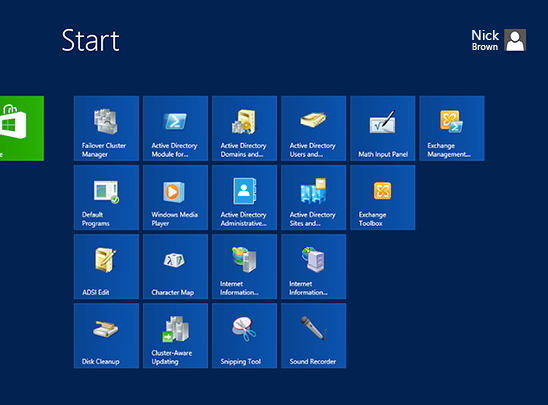Load testing is a term that is often utilized in many different ways in the community of software testing. It generally refers to practices of modeling expected utilization of software programs by emulating multiple users who concurrently access the program. As such, this particular instance of testing is the most pertinent for systems that are comprised of multi-users, and of which one is designed by using a server/client model, such as servers on the web. Other types of software systems are also capable of undergoing load testing. A graphics editor or word processor can be required to analyze documents that are very large; or financial packages that can be required to generate reports that are built on data that has been compiled for several years. Load testing that is most precise results in simulating actual usage, as opposed to analyzing and testing using methods of analytical or theoretical modeling.
Load testing enables a website owner to measure the QOS performance of their website that is derived from actual behavior of customers. Approximately all tools of frame-works and load testing follows paradigms of classical load testing. When customers visit their websites, script recorders record communications and created interaction scripts that are related to one another. Load generators attempt to replay scripts that undergo recording, which can possibly be subject to modification with different parameters of testing before being replayed. In the procedures of being replayed, both the statistics of software and hardware are going to be collected and monitored by the respective conductive. These particular instances of stats involve the disk IO of physical servers and their response times, memory, CPU, and the throughput of the SUT, which is an acronym for System Under Test, and etc. All of these stats are analyzed and generated through load testing reports with tools such as LoadRunner, LoadView and the free tool HTTPerf.
Performance and load testing will analyze the software that is intended for audiences of multi-users by subjecting the programs of software to different numbers of live and virtual users while monitoring measurements of performances under the different loads. Performance and load testing is typically conducted in an environment of testing that is similar to the environment of production prior to the software system being permitted to go into a mode of being live.
A website that offers capabilities of utilizing a a “shopping cart” will be required to support 100 users concurrently by breaking them out into these following activities:
-25 Virtual Users logging in, browsing through items and logging off.
-25 virtual users logging in, adding items to shopping carts, checking out and logging off.
– Virtual users logging in and returning items that were purchased previously and logging off.
– 25 virtual users that access by logging in without any subsequent instances of activities.
An analyst of tests can utilize various tools of load testing to produce these VUsers and their respective activities. Once the tests have begun and reached states of steadiness, the applications are tested at the load of 100 virtual users as described.

